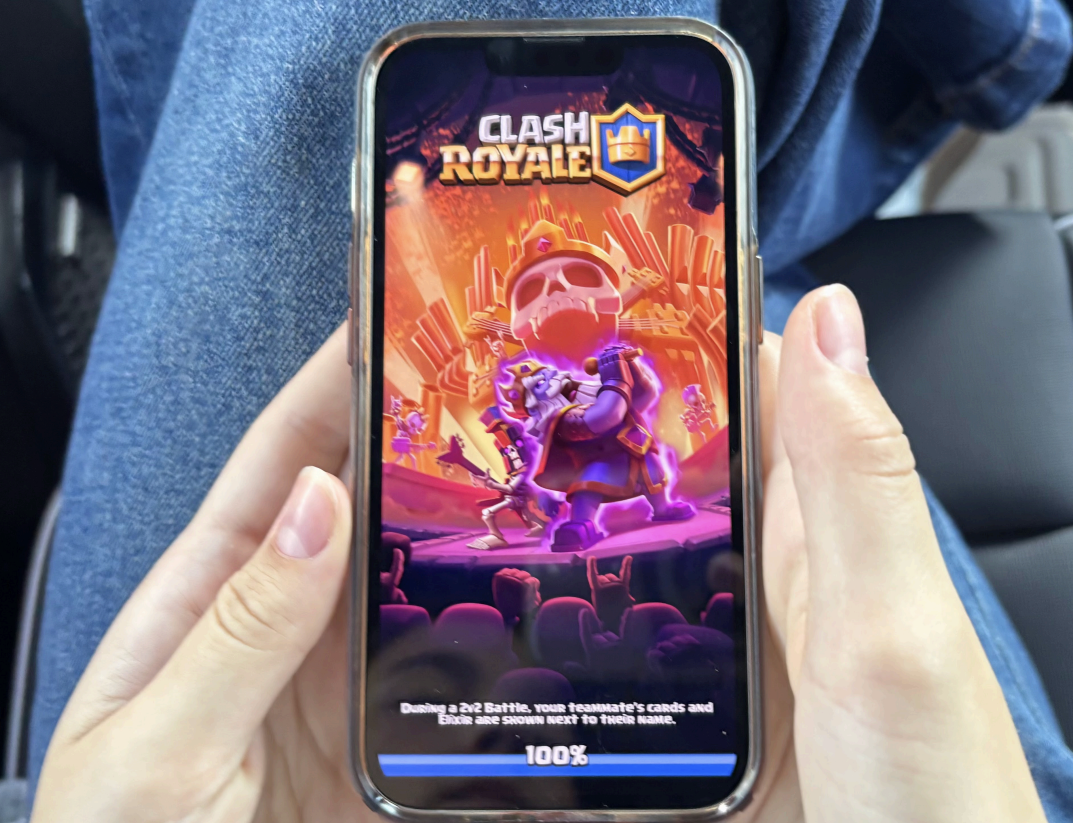In today’s society, AI can be found everywhere: in our phones, GPS, our search engines, and most importantly websites like Grammarly and ChatGPT. It is essentially becoming a part of our lives, and with that, a part of our schooling. Many policies are in place to ensure the use of AI is not abused to answer quiz questions or complete assignments. Several teachers claim to know the difference between the two, as well as students. The question is, how true is that?
Below are two paragraphs written to answer the debate question of whether or not a hot dog is a sandwich. One is written by AI, and the other is written by a student.
No, a hot dog is not a sandwich: Let’s settle this: a hot dog is not a sandwich. Sure, it’s meat inside bread, but that doesn’t automatically make it a sandwich. Sandwiches are typically two separate slices of bread with stuff in between, like a turkey sub or a PB&J. A hot dog, on the other hand, is served in a connected bun, making it more like a pocket than a sandwich. Plus, the way we eat and think about hot dogs is totally different from how we think about sandwiches. So no, a hot dog is not a sandwich—it’s just a hot dog, and that’s good enough.
Yes, a hot dog is a sandwich: The age-old debate: is a hot dog a sandwich? Although it may be crazy to think this, the correct answer to this dilemma would be yes. A sandwich is defined as, according to the Oxford Dictionary, “an item of food consisting between two pieces of bread with meat, cheese…” Boom, point proven. The definition of a sandwich provides enough grounds to state that a hotdog is a sandwich. Although it might seem like an odd thing to think of, it is time to face the truth: hotdogs are officially ruled as a sandwich, and it is time to start eating them like one.
Now, guess which one was written by AI. About half will think the first one, while the other percent will guess the second one. Congratulations to the people who think the first one! For those who did not, do not fret; around 50% of the people surveyed could not tell the difference either. As Grant Geddes, a junior at North Atlanta, said, “They are just written in such a similar way, it is hard to differentiate which one is written by a student and which one is written by AI.”
It may seem easy to tell the difference, however, people used things like the use of the Oxford Dictionary as an answer to support the affirmative response as being both an AI and a student; use of different grammatical points like the semicolon and the em-dash to debate between the two writings. Surveyors read for grammatical mistakes, capitalization, use of wit and wording, etc. to try and figure out which one was which. Even pro-AI readers struggled with figuring out which article was which. Mrs. Mills, an IB Literature teacher, chose the first one as the AI-written article, after some internal debate. When asked why, she said, “The use of the Oxford Dictionary quote makes it difficult to distinguish between which one is AI written and which one isn’t, but ultimately it is about knowing the writing of your students and how they would respond to a prompt.”
Even students who are the generation most affected by the up-and-coming use of artificial intelligence, took some time to decide which one was written by a human and which was written by AI. For senior Annabelle Haines, it ultimately came down to the grammar. “The one thing that leads me to believe that it would be the first one is the use of an em-dash,” She said. “The grammar was so well-structured and it seems like few people would use that in such a common writing question, that’s why I picked the first one.”
AI is becoming more and more common throughout our everyday lives, this spot the difference only seems to be the beginning of it.














